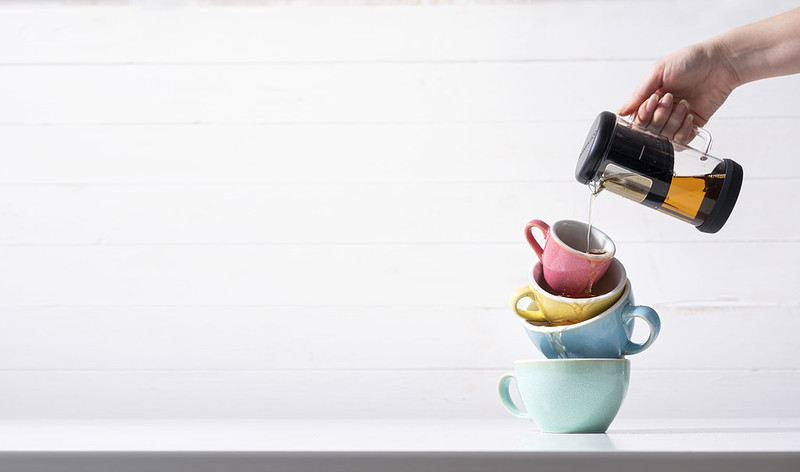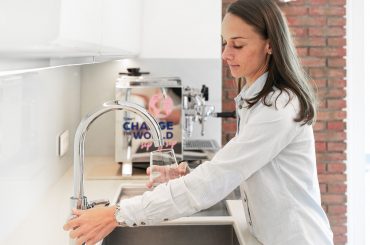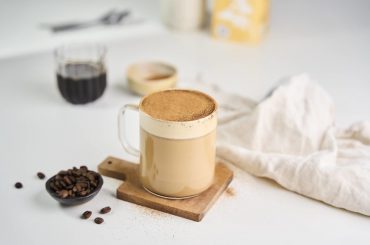Coffee and tea have long been competing for the position of the most popular beverage in the world. Undeniably, coffee is far more present in the public space, but the teas of the highest quality are increasingly often offered by specialty cafés. Hence, it’s worth looking into the subject and bringing out all that tea has to offer. Do you have a cup of tea at hand? You’ll certainly feel like taking a sip in a moment!
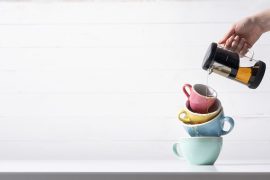
Do You Know All Kinds of Tea?
Tea varieties can be counted in thousands. What is surprising, though, is that they all come from the same plant named Camellia sinensis.
The length of the oxidation process is one of the main contributors to creating various types of tea. To stop oxidation, you need to ‘heat up’ the leaves in high temperature, thus killing the enzymes responsible for the development of this process.
To talk about various types of teas, we typically refer to commonly used colours, the most popular being: white, green, blue (oolong), black and red (Pu-Erh). Many teas are also named after the region in which they are grown. For instance, Assam tea comes from the area located in India, and Yunnan tea is grown in a region of China.
White Tea
Let’s start with the most subtle of the teas. It is produced from young leaves and non-developed buds which are covered with silver and white hairs. Human hand has little influence on it: withering and oxidation of the leaves take quite a long time and happen naturally, without human interference.
White tea is incredibly delicate, so it is vital to avoid high temperatures during steeping and brew it shorter. It is naturally sweet and refreshing. One can feel subtle aromas of honey, citrus and flowers, and the colour of the infusion is slightly yellow.
Zielona herbata
Najlepsza zielona herbata powstaje z pierwszych pąków zrywanych wraz z młodymi liśćmi. W bardzo krótkim czasie od zbioru jest podgrzewana, by nie dopuścić do jej oksydacji ani fermentacji. Właśnie dlatego liście zielonej herbaty zachowują swój urzekający intensywny kolor. Jeszcze wilgotne liście są formowane w kulki lub zwijane w paski. Japońska zielona herbata matcha jest mielona na proszek.

High temperature can add bitterness, so this tea is steeped in lower temperatures. Compared with white tea, green tea has stronger flavour, more vivid taste notes and brighter colour. Top quality teas come from China or Japan; Chinese varieties are lighter and more delicate, fruity and grassy, whereas Japanese teas are more intense, with aromas resembling sea and seaweed.
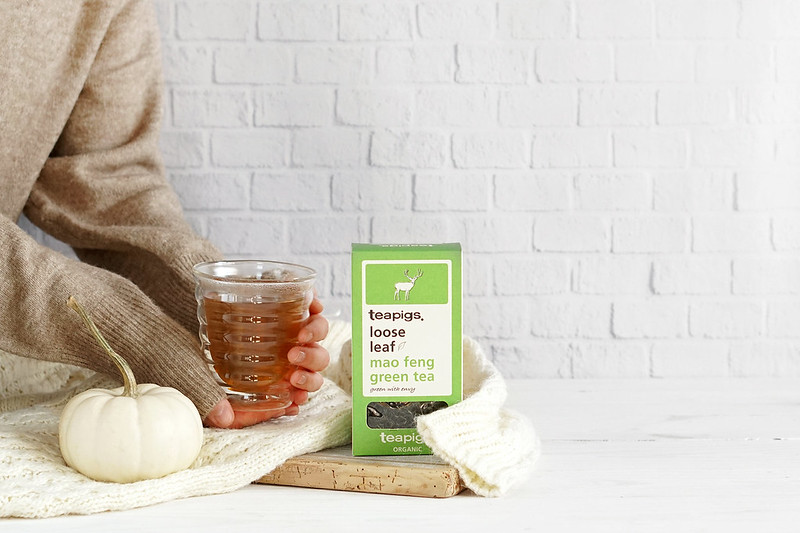
Blue Tea (Oolong)
Oolong tea is produced from big leaves that are dried and then transferred to a highly humid room, where intense oxidation takes place. After being heated up, they are rolled and dried.
Brewing temperature for oolong tea is higher (as compared to white or green tea). Blue tea has a characteristic creamy structure and, depending on the degree of oxidation, it can surprise you with floral and fruity or even chocolate notes. The Chinese name for the tea: wu long, that is ‘black dragon’, corresponds with the dark leaves which unfold while being brewed, twisting and whirling as if they were dancing.
Black Tea
Black tea is definitely the most popular and liked variety in the world. According to various statistics, its production can be up to ¾ of the whole market. Fully oxidized, it is produced from fully grown, big leaves that are left to dry after harvest and then rolled – in this process they acquire their intense brown colour.
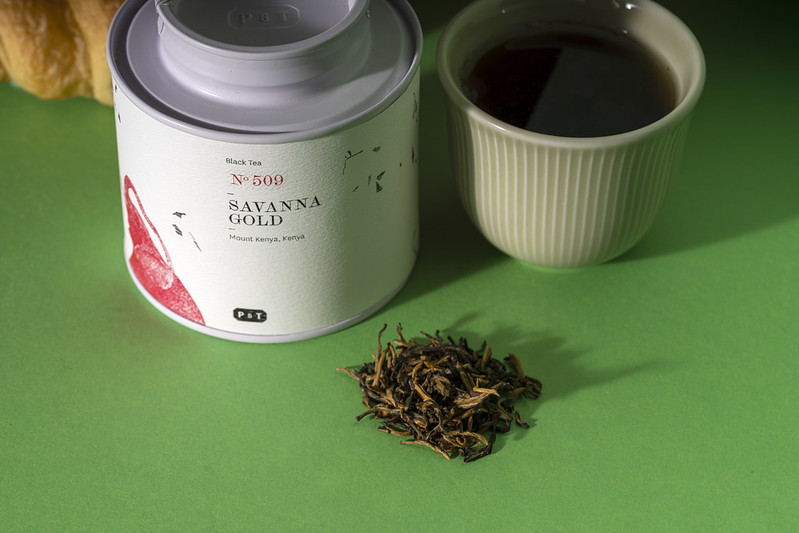
Black tea is brewed with water of a near-boiling temperature. Depending on the region of origin, it can be more intense and caramel-like, or softer, with a pleasantly sweet aroma of dried fruit.

Red Pu-Erh Tea
It comes from a Chinese province of Yunnan. After being picked up and dried, it is placed in a humid room and left to ferment. This type of tea is called post-ferment tea. What is unique about it is that it is meant to be seasoned. Over time, it gets a deeper, more complex taste. Sometimes you can feel the notes of earth, wood or mushroom.
It’s One Thing To Pick Up Your Tea, But How to Brew It?
Having looked into all main kinds of tea, the only thing left to determine is what shape or form of tea you should buy and how to brew it. Until the beginning of the 20th century it had been much easier because the only tea available was loose leaf tea. An American merchant, Thomas Sullivan, changed the game when he accidentally discovered teabags. Sending out samples to his clients, he packed tea in silk sachets, expecting the customers to take the leaves out before brewing them. The convenience of this method appealed to other tea lovers so much that it almost replaced brewing loose leaves. The question remains, however: which method is most suitable for top-quality tea? Despite the charm of express tea bags by Mr Sullivan, the best effect you will get by brewing loose tea leaves. The whole leaves contain various oils that shape the flavour and aroma, and their loose form allows to release all of their characteristic qualities.
Useful Accessories for Brewing Leaf Tea
In some cultures, the tea brewing ceremony is part of the tradition, and the oldest rituals could take as long as three hours! Currently, leaf tea does not require such big dedication on our part. Usually all you need to do is take care of water temperature, proportions and infusion time, to bring out the best from tea. When it comes to tea brewers, you need to use ones that give tea leaves room to unfold. Those come in many shapes, sizes and variants.
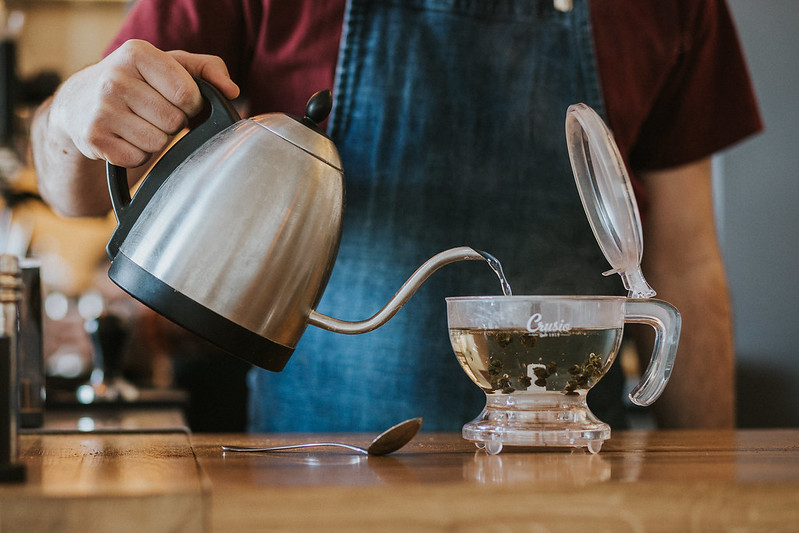
Tea Kettle
It can resemble traditional Japanese vessels or have a totally modern look. Its form is appreciated because it allows the water to circulate around the tea leaves freely. The most important is for the kettle to have quite a big sieve or the sieve that is built in the spout. It can be made of various materials: ceramic kettles retain the heat longer, which gives you more time to enjoy your warm infusion, and kettles from heatproof glass feature the colour of tea better.
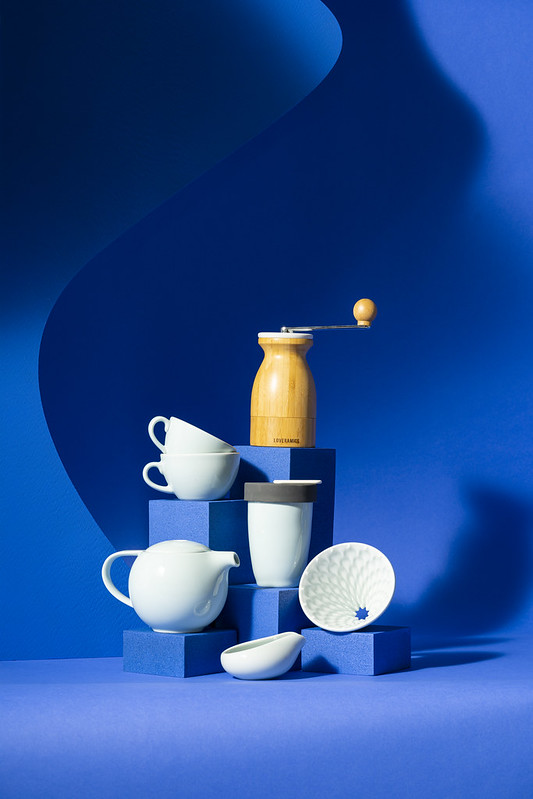
Piston Brewer (French Press)
Known for brewing coffee, it also works great for brewing tea. Large space for the tea leaves in French Press makes it possible to see how they unfold. After pressing the piston you need to remember to pour the brew over into another dish so that it does not oversteep while you’re enjoying your cup.

Tea Steeper with a Removable Bottom
The greatest advantage of such a brewer is a special latch, which is on once the brewer is placed on a dish (or once you’ve pressed the button) and allows for separating the tea leaves from the infusion at the proper time.
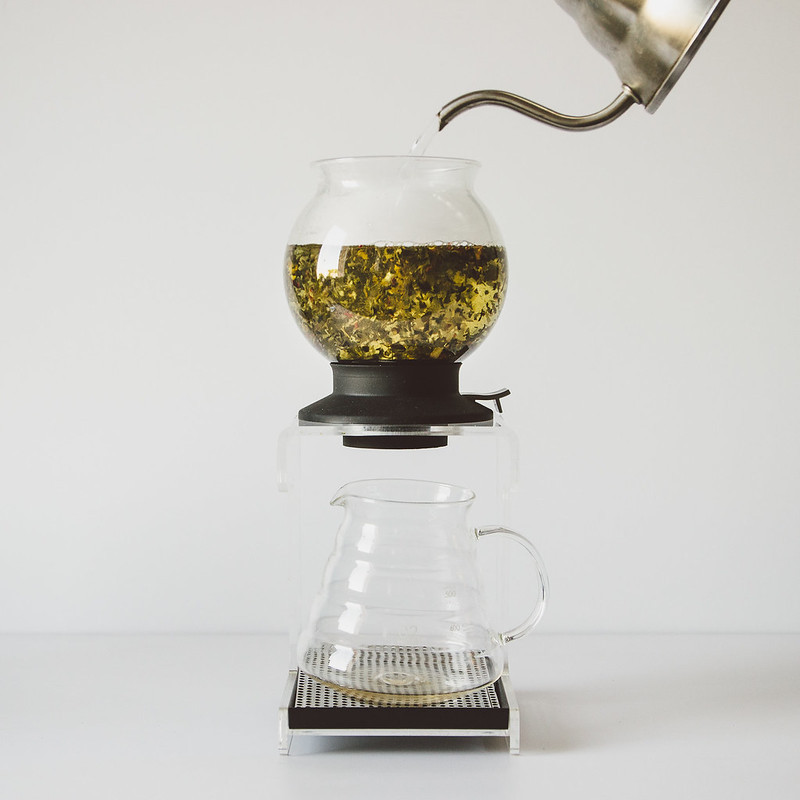
More and more consumers want the offer of their favourite cafés to be diverse. The colder months may serve as an inspiration to open up to the world of high quality tea. Drinking freshly brewed infusion you can see how much there is still to discover

